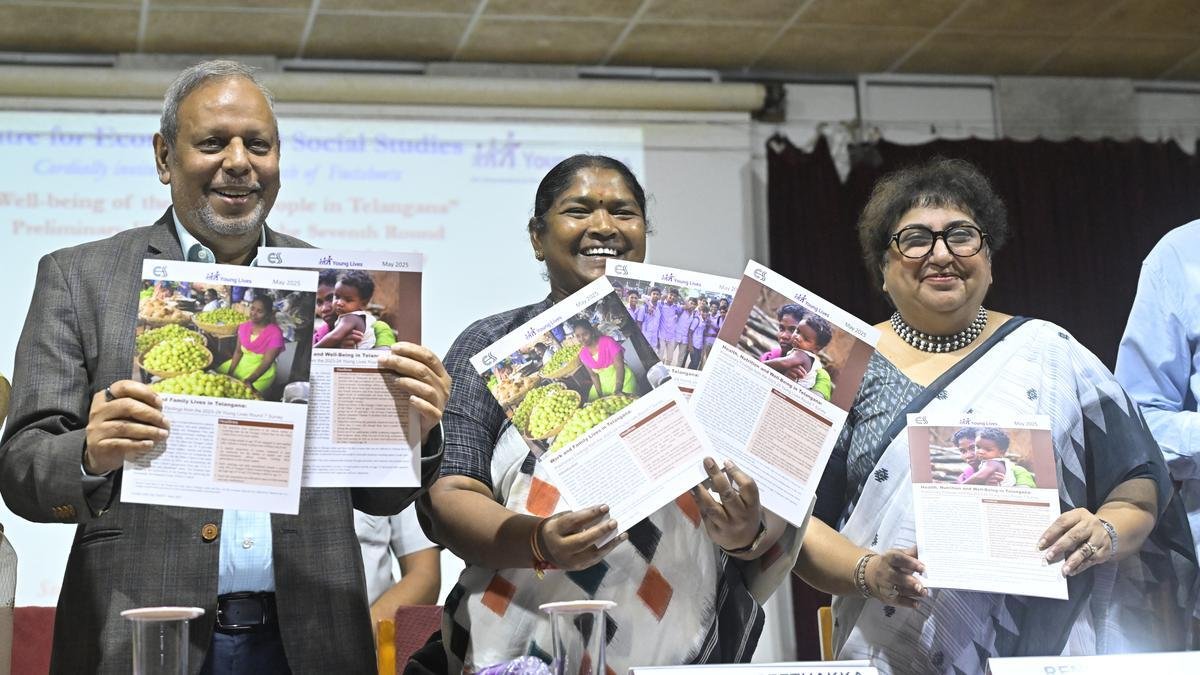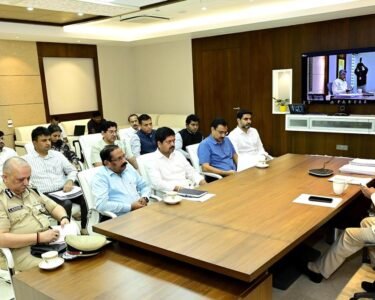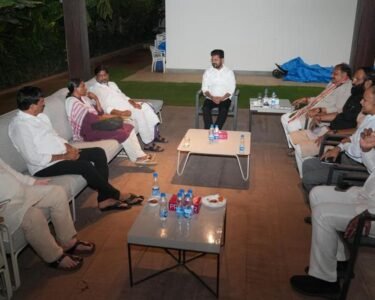Over the past decade, Telangana has seen a significant rise in student enrolment rates across primary, secondary, and higher education institutions. With government initiatives such as the KCR Kit, Mana Ooru Mana Badi, and free KG to PG education policies, more children are now attending school than ever before. According to a recent survey conducted by an independent education research group, the Gross Enrolment Ratio (GER) in Telangana has improved substantially, especially among girls and marginalized communities.
This trend reflects the state’s commitment to ensuring access to education. Midday meals, free textbooks, digital classrooms, and scholarships have played a crucial role in bringing children to school. However, the rising numbers also mask deeper issues within the system — particularly around learning outcomes and employability.
Learning Outcomes Lag Behind
Despite the increase in enrolment, the survey found that students’ actual learning levels are not meeting national benchmarks. Many students in Class 5 are unable to read Class 2-level textbooks, and basic arithmetic continues to be a challenge. The Annual Status of Education Report (ASER) and the state’s own internal assessments point to significant gaps in foundational literacy and numeracy.
Experts attribute this learning gap to several factors: shortage of trained teachers, large student-teacher ratios, inefficient monitoring, and rote learning practices that neglect critical thinking and creativity. While schools are full, classrooms are struggling to deliver quality education.
Digital Divide and Unequal Access
Another concern highlighted by the survey is the digital divide, especially in rural and tribal areas. During the COVID-19 pandemic, when learning shifted online, students in remote parts of Telangana found it difficult to continue their education due to lack of devices, poor internet connectivity, and minimal digital literacy.
Although the state government introduced T-SAT (Telangana State Network) channels and mobile apps for learning, many students were left behind. This has widened the learning gap between urban and rural students, which continues to persist even after schools reopened.
Employability: A Persistent Worry
The survey also brought attention to a critical issue — the mismatch between education and employment. Even as more students are graduating from colleges and technical institutions, their employability remains low. Telangana’s youth unemployment rate is among the highest in the country, especially among degree and diploma holders.
Employers frequently cite lack of soft skills, inadequate practical exposure, and poor communication skills as reasons for unemployability. Many students are graduating without acquiring the necessary skills for today’s competitive job market. This has raised questions about the relevance of the curriculum and the effectiveness of skill development programs.
Government’s Response and Reforms
In response to these findings, the Telangana government has acknowledged the need for reforms in the education and employment sectors. Recently, it launched initiatives like:
- Telangana Academy for Skill and Knowledge (TASK) to bridge the gap between academia and industry
- Mana Ooru Mana Badi to upgrade infrastructure in government schools
- Digital classrooms and English medium education to enhance quality
- Industry-partnership programs in polytechnics and engineering colleges
While these efforts are steps in the right direction, educationists argue that more structural changes are needed, including regular teacher training, updated pedagogy, and student-centric evaluation systems.
The Role of Private Sector and NGOs
Private schools and NGOs have also been playing a significant role in improving education in Telangana. Several NGOs are partnering with government schools to deliver remedial teaching, life skills training, and digital literacy programs. Startups in ed-tech are trying to offer affordable learning solutions in Telugu and English for school and college students.
However, the challenge remains in scaling these interventions and ensuring that even the most marginalized children benefit equally. Collaboration between government, civil society, and industry is essential to make long-term, sustainable changes.
Parents’ Aspirations and Ground Realities
Interestingly, the survey noted that parental aspirations are high. Even in low-income families, parents are keen to see their children study in English-medium schools and pursue higher education. Yet, many are unaware of the actual learning levels of their children or the skills required in the current job market.
This disconnect highlights the need for community awareness programs and career counseling in schools, which can align education goals with realistic employment opportunities.
Conclusion: Bridging the Gap
Telangana’s success in improving enrolment is commendable, but it must now focus on bridging the learning and employability gaps. Ensuring that students not only attend school but also learn effectively and become job-ready should be the next big goal.
Robust policy interventions, teacher support, skill-based curriculum, and strong public-private partnerships can drive the state towards a more inclusive and effective education system. Only then will increased enrolment translate into real educational empowerment and sustainable development.







